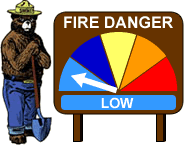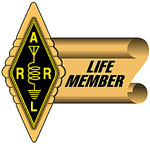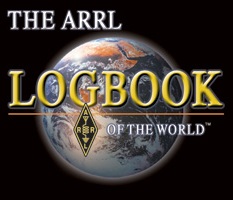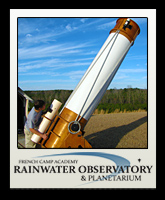Chandler Burning Index Calculation
Chandler Burning Index Formula
| CBI = (0.0167 * (104.5 - (1.373 * RH) + (0.54 * T)) * (124 * Math.pow(10,(-0.0142 * RH)))) |
The Chandler Burning Index (CBI) is a fire danger severity value that is calculated from the air temperature and the relative humidity. This numerical value is then indexed to relative severity adjectives. The input values for this calculation are taken from the local the Temperature and Relative Humidity you key in (there is no adjustment for fuel moisture) and these can and do change throughout the day. The current CBI presented here differs from that of the National Weather Service which computes a 30-day Chandler Burning Index based on forecasted weather conditions for the month.
| Fire Danger Class and Color Code | Description |
|
Low (L) (Green) Less than 50 |
Fuels do not ignite readily from small firebrands, although a more intense heat source such as lightning, may start fires in duff or punky wood. Fires in open cured grasslands may burn freely a few hours after rain, but woods fires spread slowly by creeping or smoldering, and burn in irregular fingers. There is little danger of spotting. |
|
Moderate (M) (Blue) 50 to 75 |
Fires can start from most accidental causes, but with the exception of lightning fires in some areas, the number of starts is generally low. Fires in open cured grasslands will burn briskly and spread rapidly on windy days. Timber fires spread slowly to moderately fast. The average fire is of moderate intensity, although heavy concentrations of fuel, especially draped fuel, may burn hot. Short-distance spotting may occur, but is not persistent. Fires are not likely to become serious and control is relatively easy. |
|
High (H) (Yellow) 75 to 90 |
All fine dead fuels ignite readily and fires start easily from most causes. Unattended brush and campfires are likely to escape. Fires spread rapidly and short-distance spotting is common. High-intensity burning may develop on slopes or in concentrations of fine fuels. Fires may become serious and their control difficult unless they are hit hard and fast while small. |
|
Very High (VH) (Orange) 90 to 97.5 |
Fires start easily from all causes and, immediately after ignition, spread rapidly and increase quickly in intensity. Spot fires are a constant danger. Fires burning in light fuels may quickly develop high intensity characteristics such as long-distance spotting and fire whirlwinds when they burn in heavier fuels. |
|
Extreme (E) (Red) Above 97.5 |
Fires start quickly, spread furiously, and burn intensely. All fires are potentially serious. Development into high intensity burning will usually be faster and occur from smaller fires than in the very high fire danger class. Direct attack is rarely possible and may be dangerous except immediately after ignition. Fires that develop headway in heavy slash or in conifer stands may be unmanageable while the extreme burning condition lasts. Under these conditions the only effective and safe control action is on the flanks until the weather changes or the fuel supply lessons. |

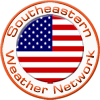

 Mt Washington Wx CAM
Mt Washington Wx CAM